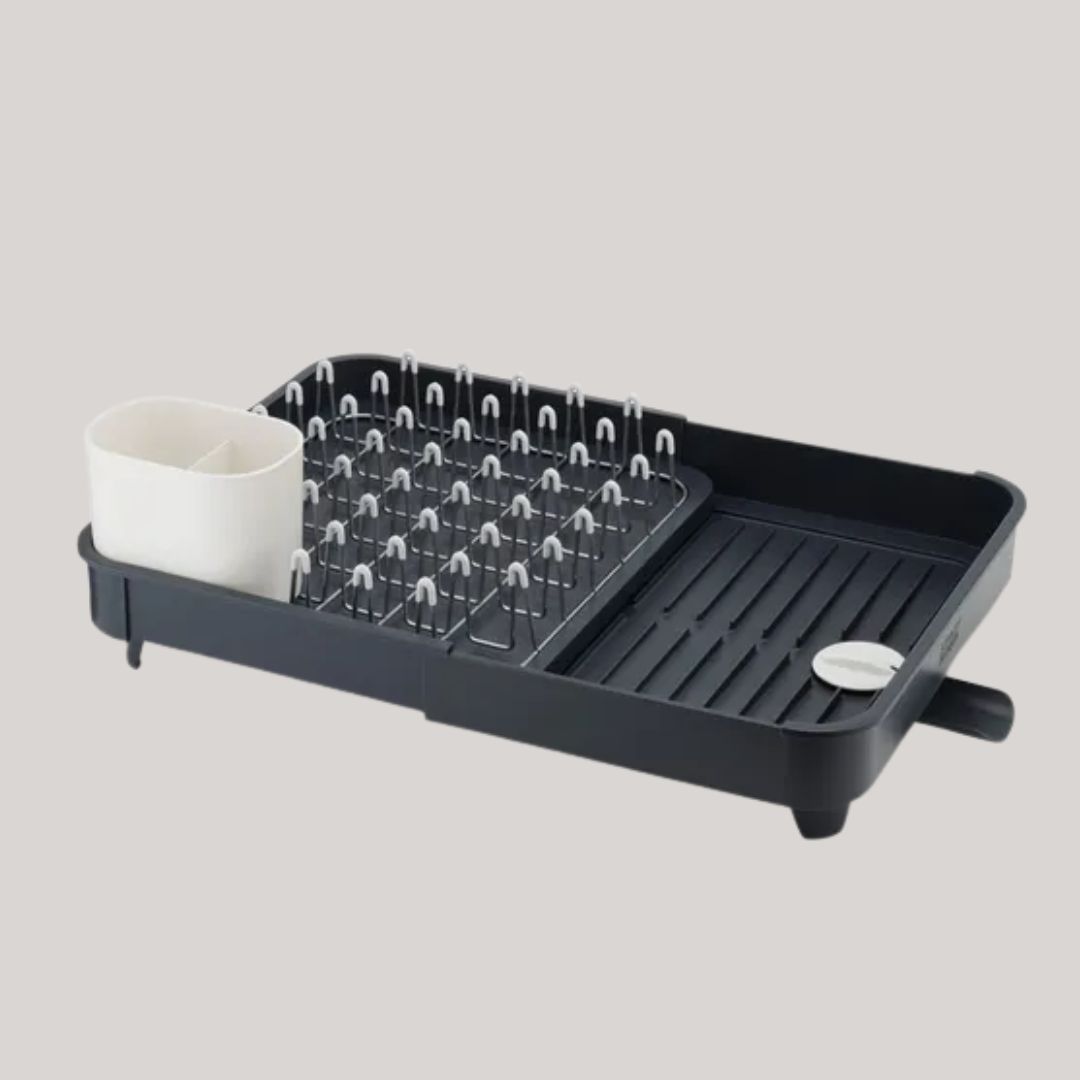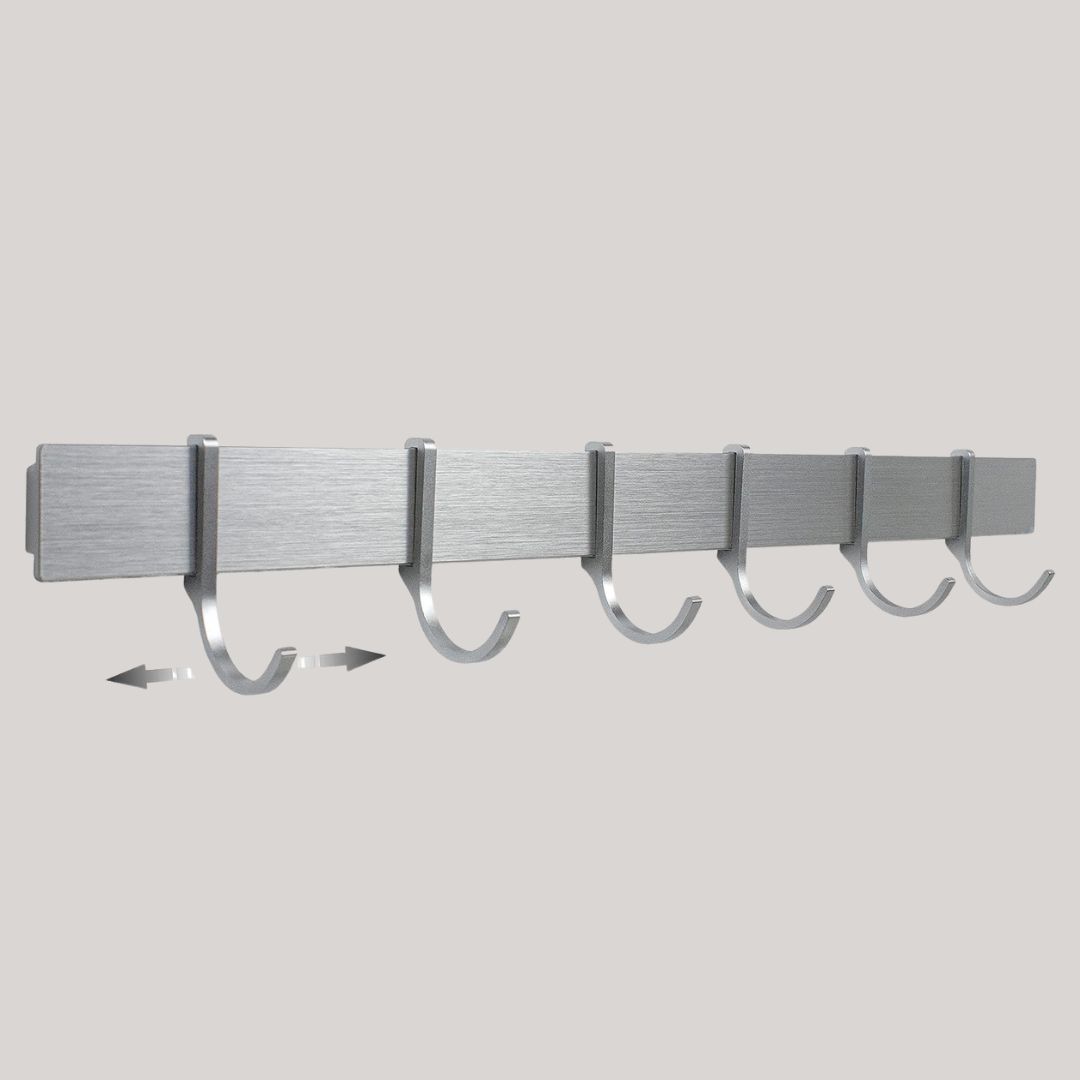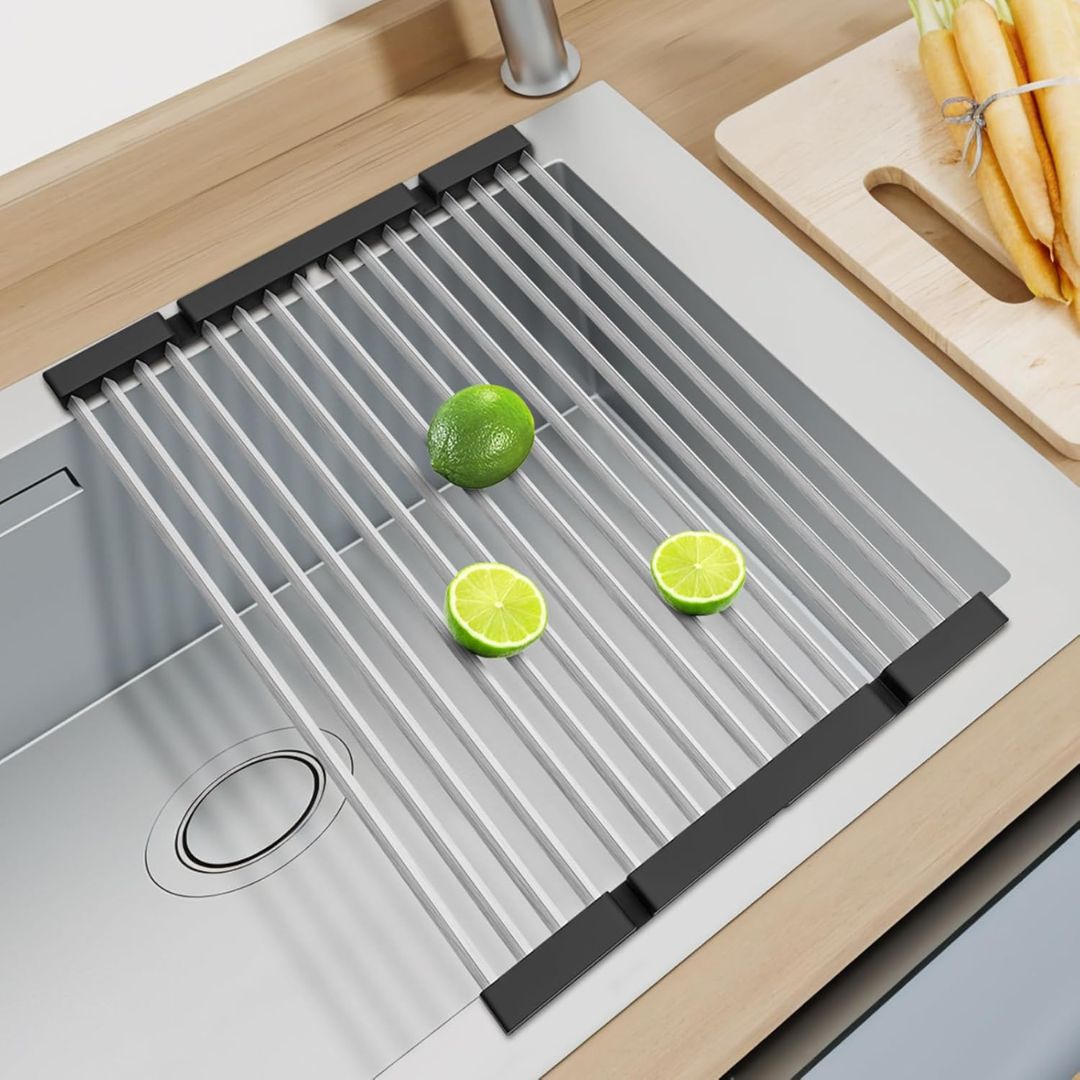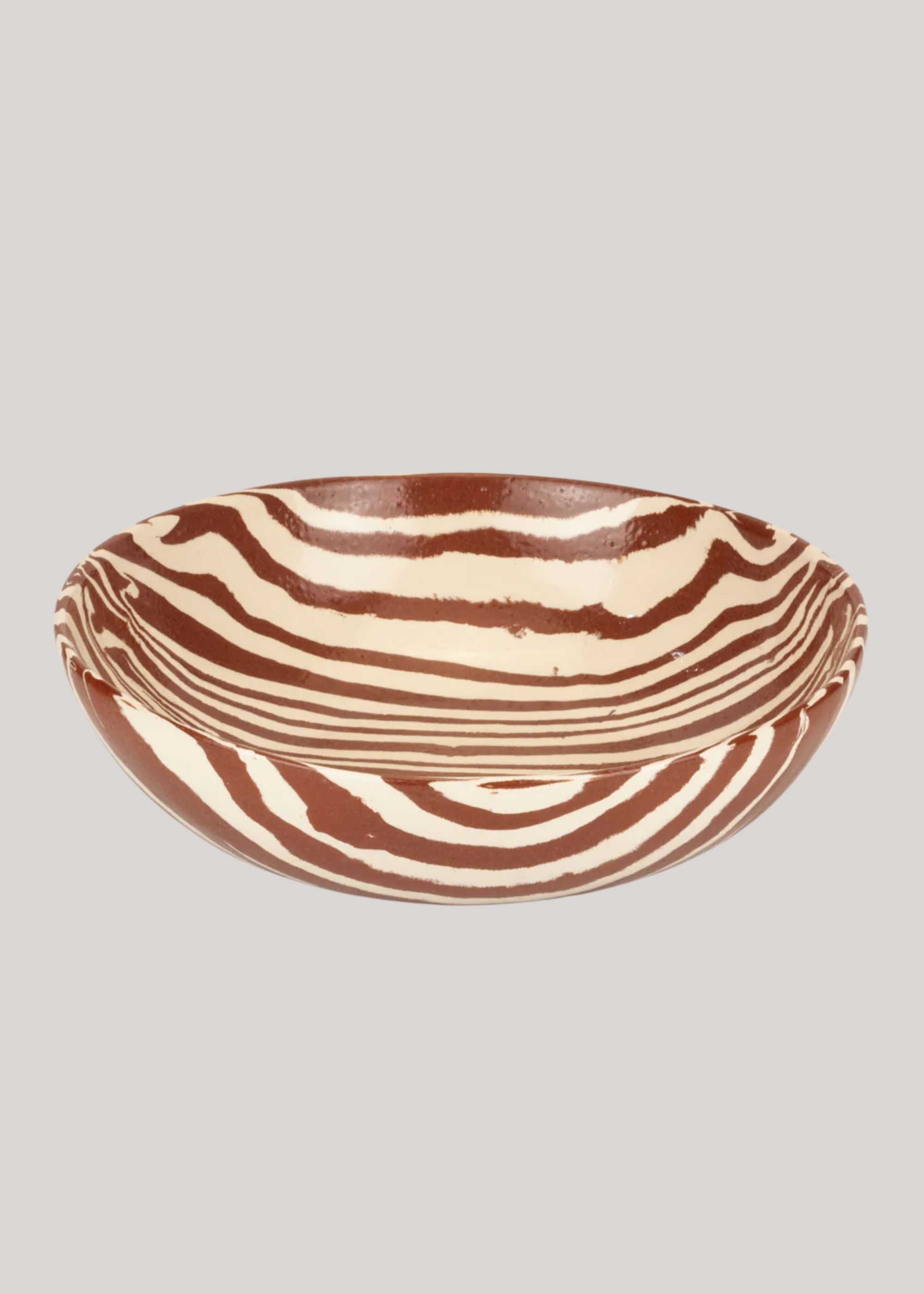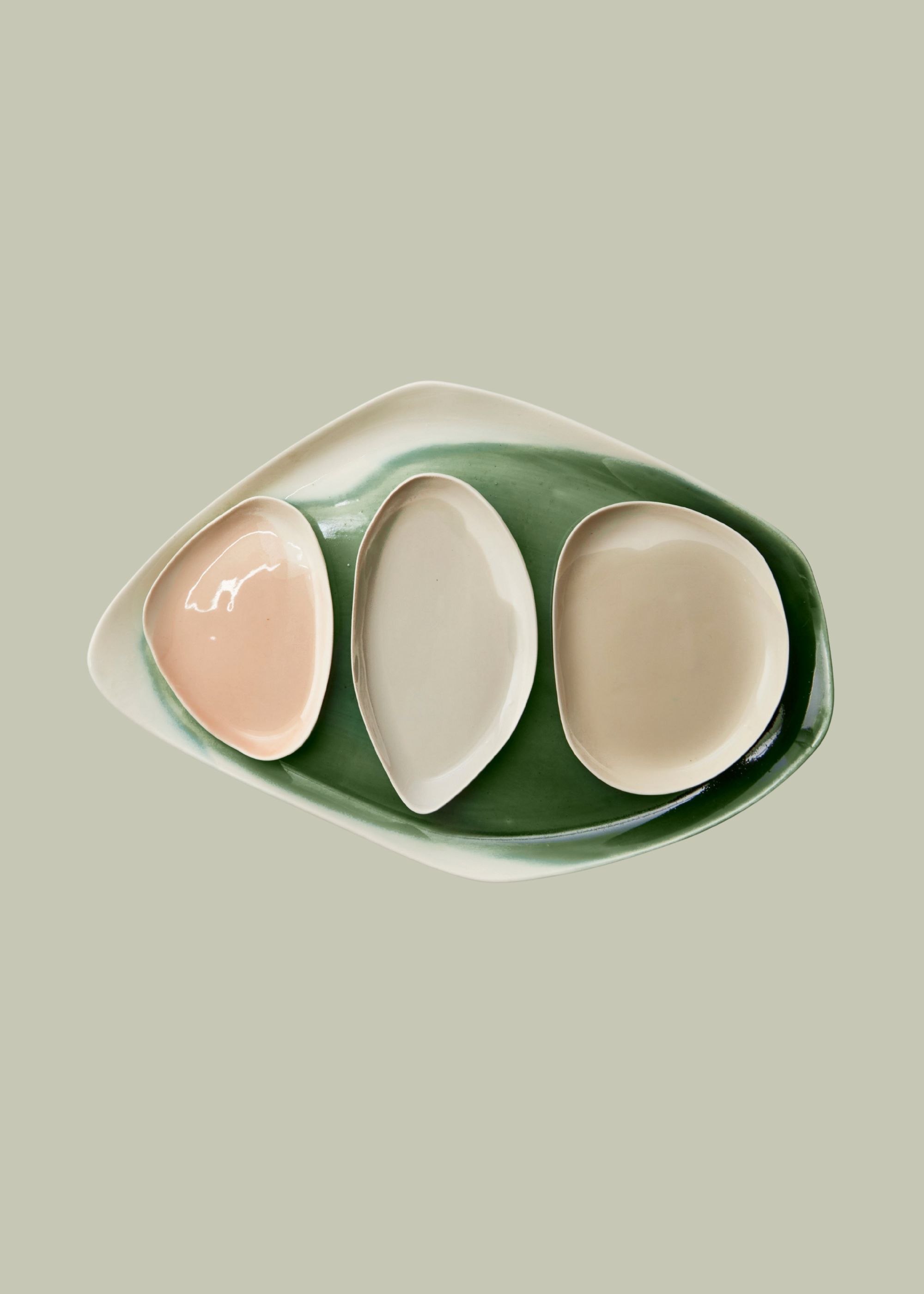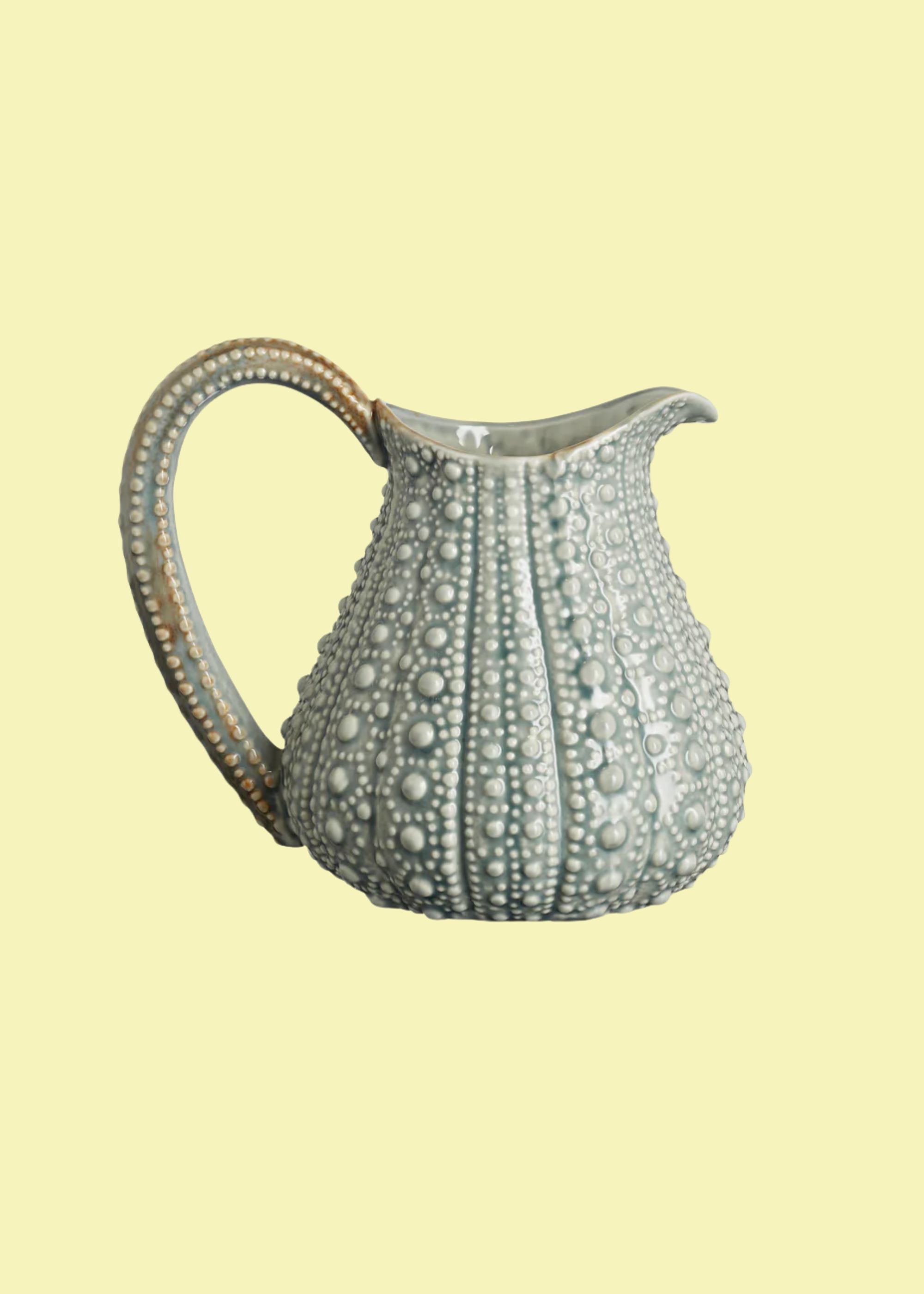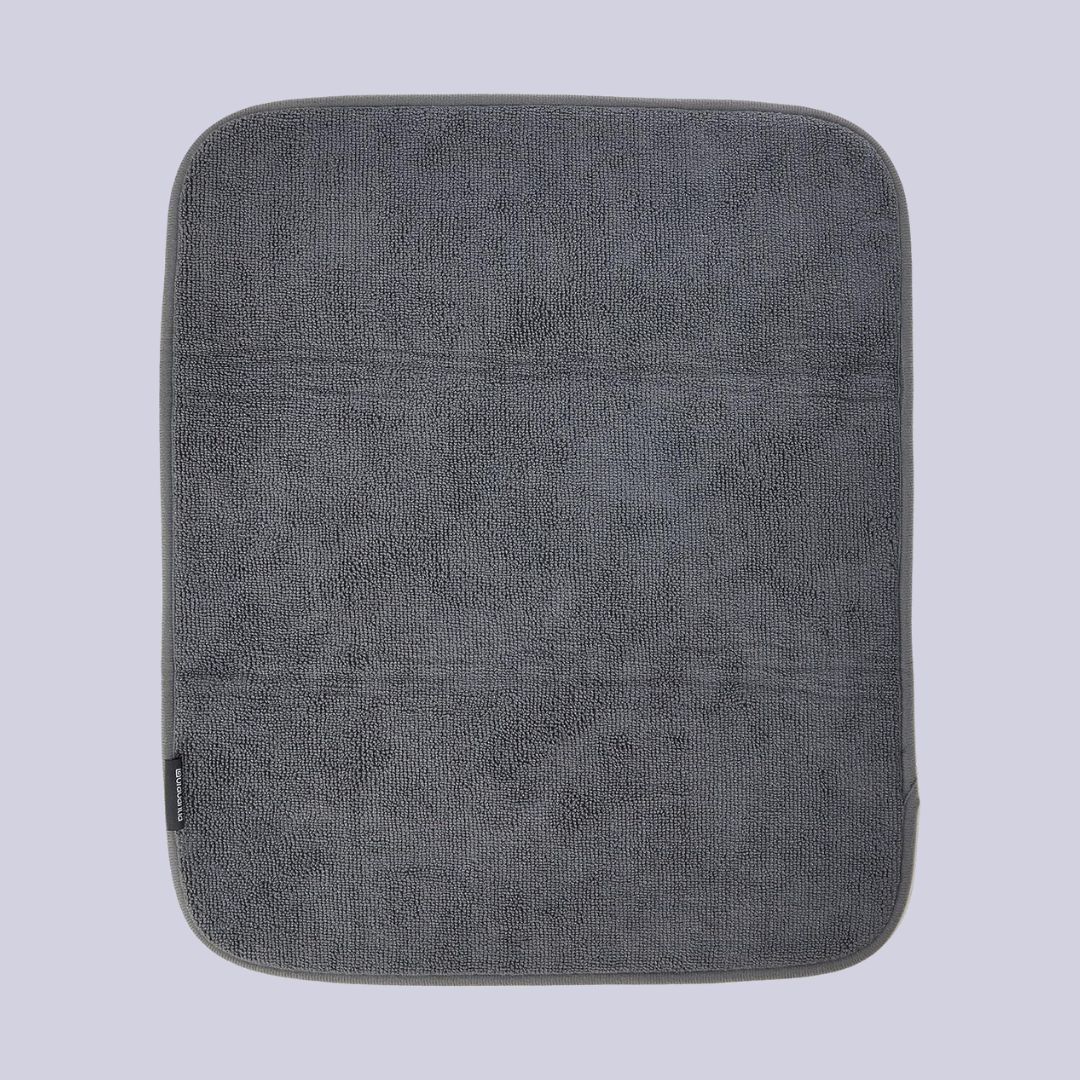6 Clever Designs That Get Your Dish Drying Rack Off Your Counters — It Will Free You From Counter Clutter in a Small Kitchen, While Looking Good
Ready to liberate your countertops? Here's how to swap that un-aesthetic drying rack for something a little more intentional
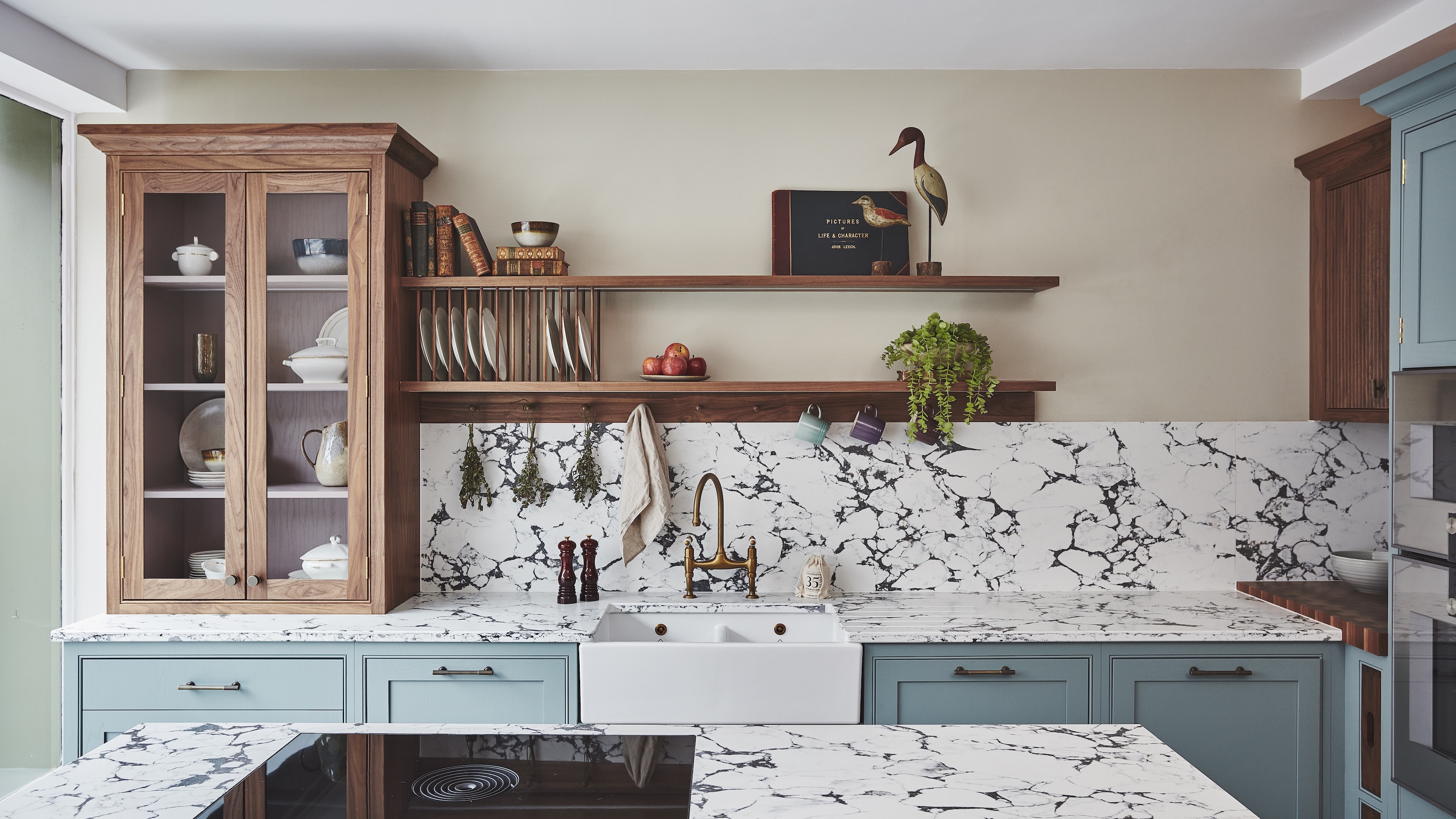

One of the toughest challenges in a small kitchen is overcrowded countertops, and unsightly dish racks are so often the main space-hogging culprits. If it takes 10 minutes just to carve out a space to chop an onion, the lure of takeout is real.
And when most small kitchen ideas barely offer 24 inches between sink and stove, the thought of clearing away dripping dishes first can put you off cooking altogether. “Getting the dish rack off the worktop is the best way to free up precious space in a small kitchen. Counters stay clear and uncluttered, making the kitchen feel bigger and easier to use,” says interior designer Mark Lewis.
Luckily, designers are coming up with clever ways to make drying dishes stylishly invisible, and the secret is integration. Rather than plonking a plastic rack beside the sink, the smartest kitchens weave drying space into cabinetry, shelving, or even appliances and fittings. That means you reclaim your worktop for chopping veg, or pouring wine…
“In small kitchens, functionality has to work harder, but that doesn’t mean style has to be compromised,” says Amy Hicks, Lead Designer at Blakes London. “The best solutions are those that feel completely intentional, as though they were always meant to be part of the design.” Here are six smart ways to whisk those dripping dishes out of the way and give your counters back their freedom.
1. Stash it Away in a Cupboard
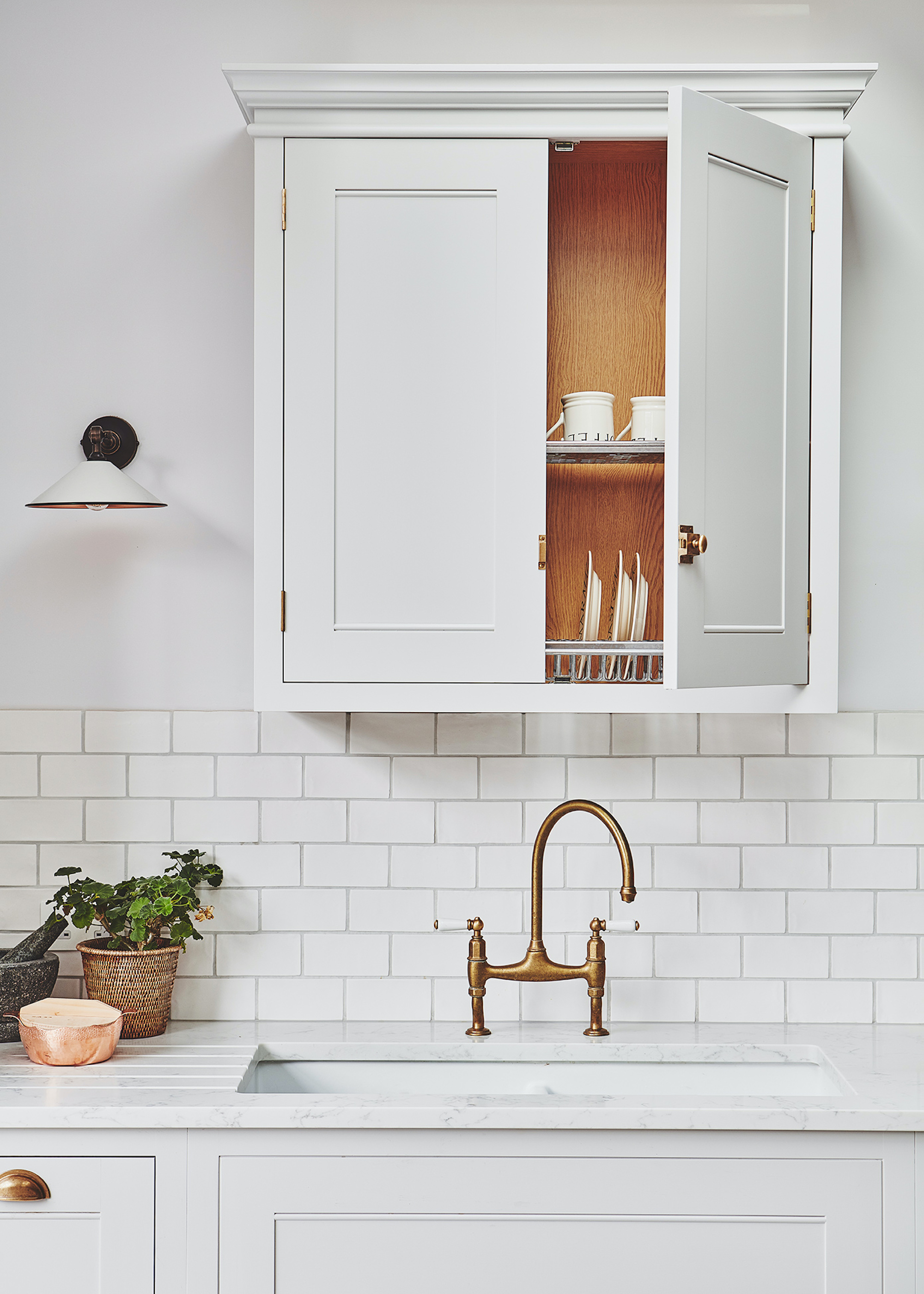
Shut the door on drying dishes and forget they even exist.
This is probably the most discreet approach to drying dishes you’ll ever encounter when it comes to hiding them from your kitchen worktops.
“Borrowed from Italian and Scandinavian kitchens, this clever concept places a wall cabinet above the sink with an open base and integrated drying rack,” says Amy. “It’s visually far neater than a worktop crowded with dishes and offers a highly efficient way to dry crockery and cutlery.” As the plates drip directly into the sink below, there’s no call for wiping a draining board dry.
But there is a small catch. “It isn’t entirely maintenance-free,” Amy warns. “Taps can suffer from constant drips, and in the UK’s damper climate, especially in hard water areas, any standing water can lead to limescale build-up if not carefully managed.”
The Livingetc newsletters are your inside source for what’s shaping interiors now - and what’s next. Discover trend forecasts, smart style ideas, and curated shopping inspiration that brings design to life. Subscribe today and stay ahead of the curve.

Amy studied Interior Design & Architectural Engineering at ARA in Christchurch. Inspired by London’s blend of historic and modern architecture, she moved to the UK and graduated with an Award for Best Joinery Design. As a kitchen joinery specialist, Amy enjoys working closely with clients to design the most important room in the home.
2. Go for Dishwasher Drawers
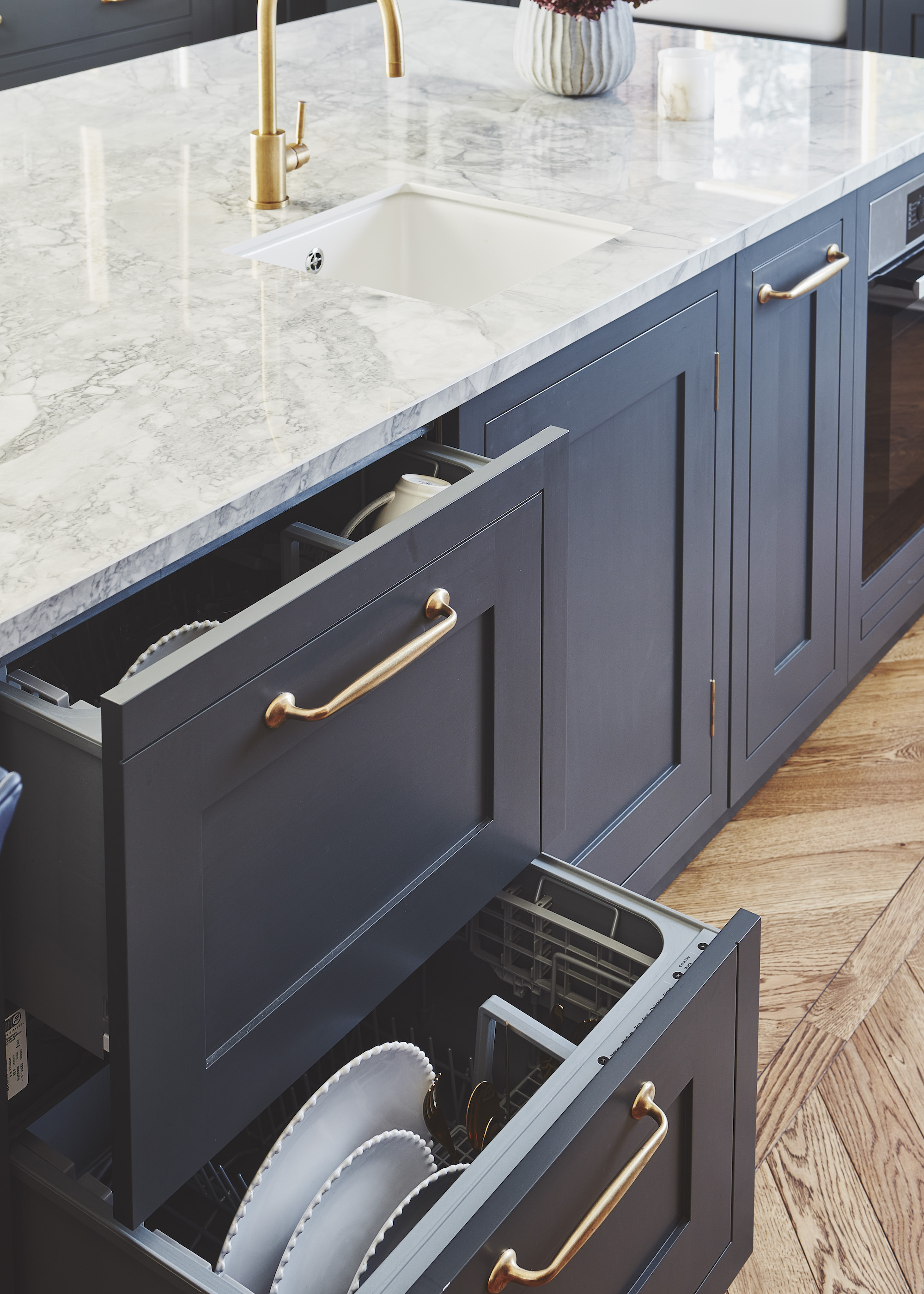
Use on drawer for washing, one for drying and you'll never have to empty the dishwasher.
Here’s another dish-drying hack that hides in plain sight within your modern kitchen. “In small kitchens where space and time are at a premium, some clients opt for a double drawer dishwasher system, such as the Fisher & Paykel dishwasher drawers,” Amy explains.
This trick tends to work best in smaller households of no more than two occupants. With multiple drawers, clean and dirty items rotate between the drawers for maximum efficiency, so you never need to leave dishes stacked by the sink. We love this Fisher & Paykel DD60DHI9 Integrated Dishwasher from John Lewis, so be sure to check it out.
“We've also had some clients use a dishwasher drawer next to the sink as a drying rack day-to-day, and on the high days and holidays when they entertain, they have the necessary extra capacity available as an overflow from their standard larger dishwasher,” adds Amy.
In this scenario, one drawer can quietly moonlight as your dish rack, helping to declutter your kitchen. And when guests descend, you can tap into the extra dishwasher capacity.
3. Get Decorative With Modular Shelving
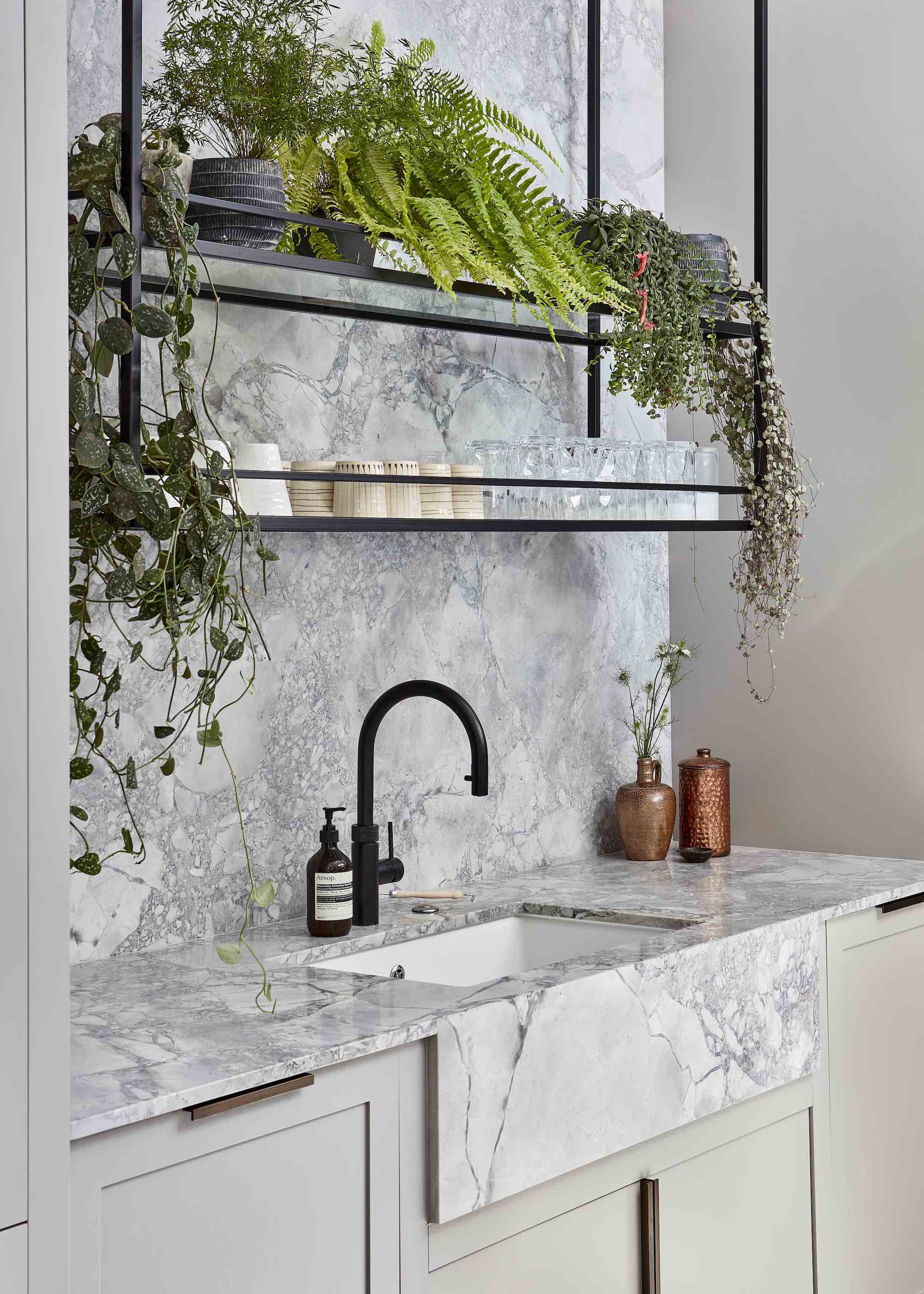
Who knew dish-drying could be so stylish? Just make sure the shelves are shallow so you don't smack your head while washing up.
This one proves you don’t need a major kitchen overhaul to get drying dishes out of the way. “Hanging a decorative shelf above the sink is a simple way to add personality and practicality,” says Amy. “Here, the top shelf was used for plants to bring greenery and air-purifying foliage into the kitchen, while a lower mesh shelf cleverly doubles as a drip-dry station and storage area for cups and glassware. It’s a small detail that makes daily life a little more effortless and a bit more stylish!”
For a modern industrial interior design look with minimal maintenance, opt for a modular unit made from PVD stainless steel, which is resistant to scratches, corrosion, and tarnishing, and just needs a wipe with a damp cloth to keep it clean.
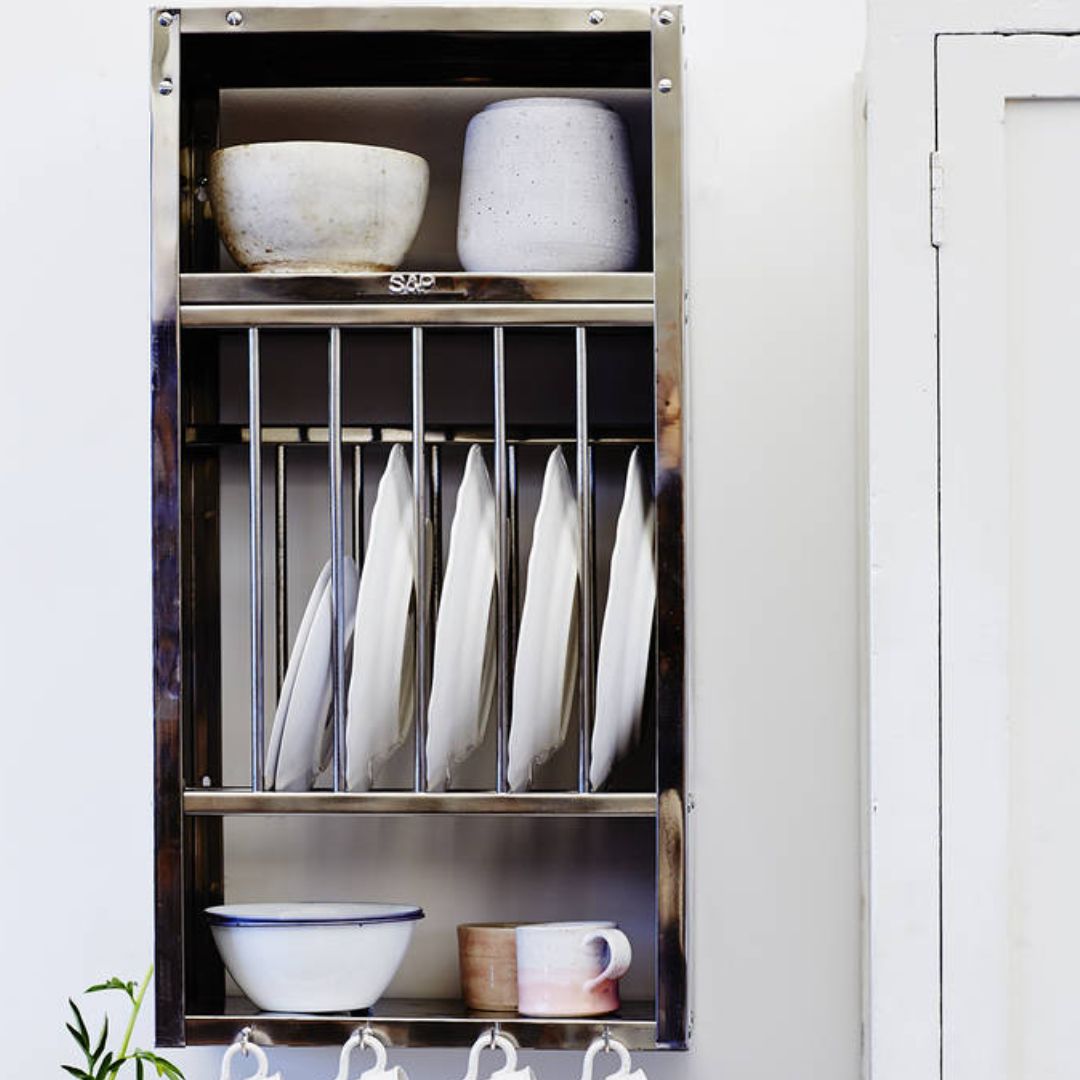
Take on chrome decor with this Mini Stainless Steel Plate Rack from Stovold & Pogue. It comes with six slots for plates, four hooks for your mugs and utensils, as well as two storage shelves. What's not to love?
4. Keep it Simple With a Wall-Hung Rack
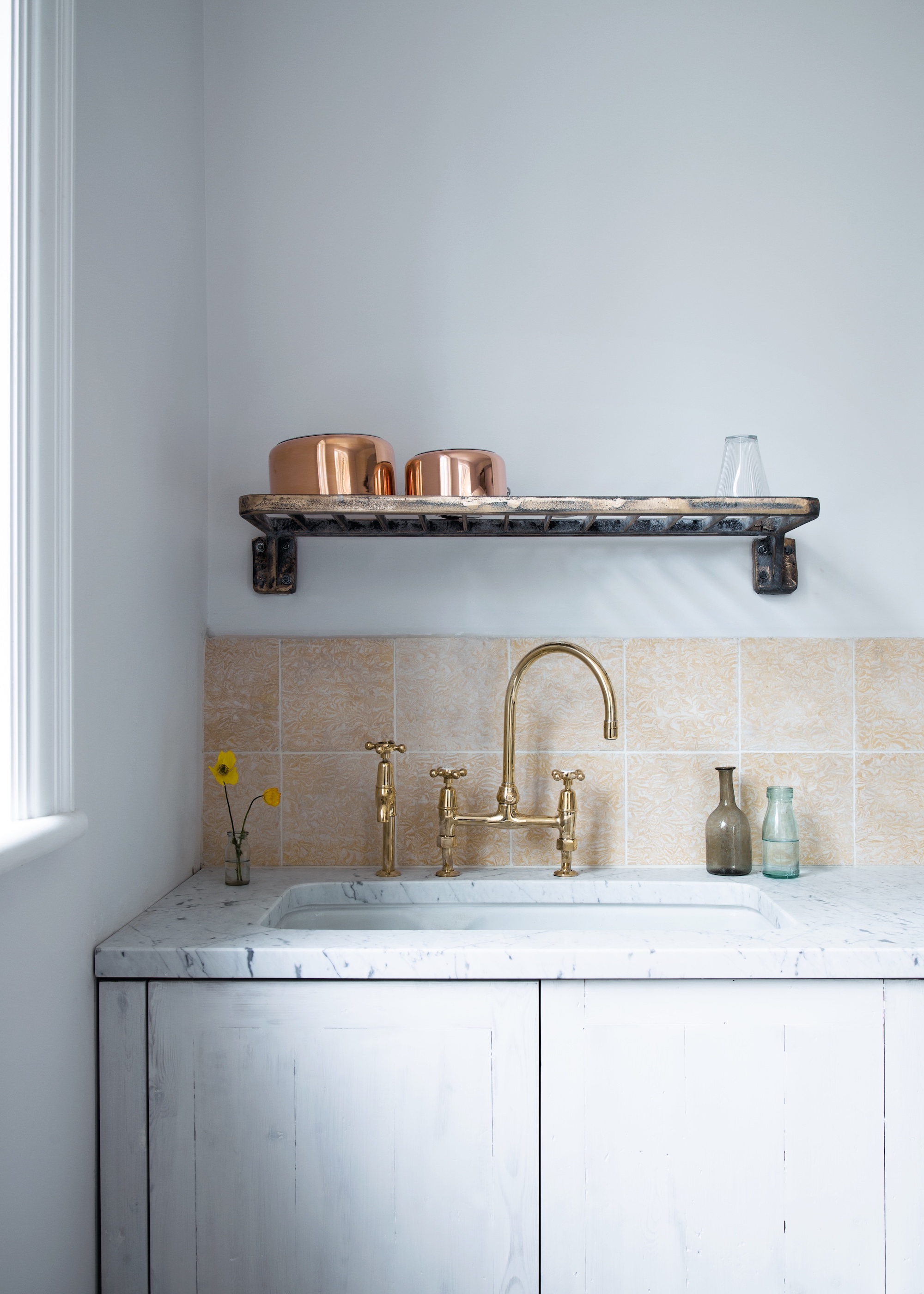
This beautiful burnished metal dish rack will age with you and it's available in bespoke sizes, made to order.
For a small space that leans into vintage styling, a rustic kitchen wall-mounted shelf can do double duty as both a display and drying space. Mark Lewis Interior Design makes bespoke drying racks with a lovely utilitarian feel. “Made from sand-cast bronze, which is incredibly robust, they will last for generations. Over time, the surface develops a natural patina, something our clients really value, unlike factory-finished products that can chip or peel,” he says.
The charm of this approach lies in its honesty. Nothing is hidden. Glasses, mugs, or pans are left to air-dry in full view, but the rack itself is beautiful enough to elevate the everyday. Mark suggests a wire basket to stop smaller items from falling through the rungs. The craftsmanship and warm metallic finish turn a practical detail into something ornamental.
If you’re going for a shelf directly above the sink like this one, positioning is key. “We typically install the rack at around 55cm [22 inches] above the sink. This makes it both practical for loading and unloading, and elegant in proportion to the wall space,” says Mark. Too high and you’ll be reaching, too low and the arrangement looks squat, and sink access may be compromised.

Mark established his interior design studio in 2008 following a successful career in set and costume design. Known for renovating Victorian and Georgian homes in North London, his work blends architectural honesty with warmth and character. He also runs the Mark Lewis Home Store, specialising in timeless sand-cast bronze and brass hardware.
5. Source a Multifunctional Sink
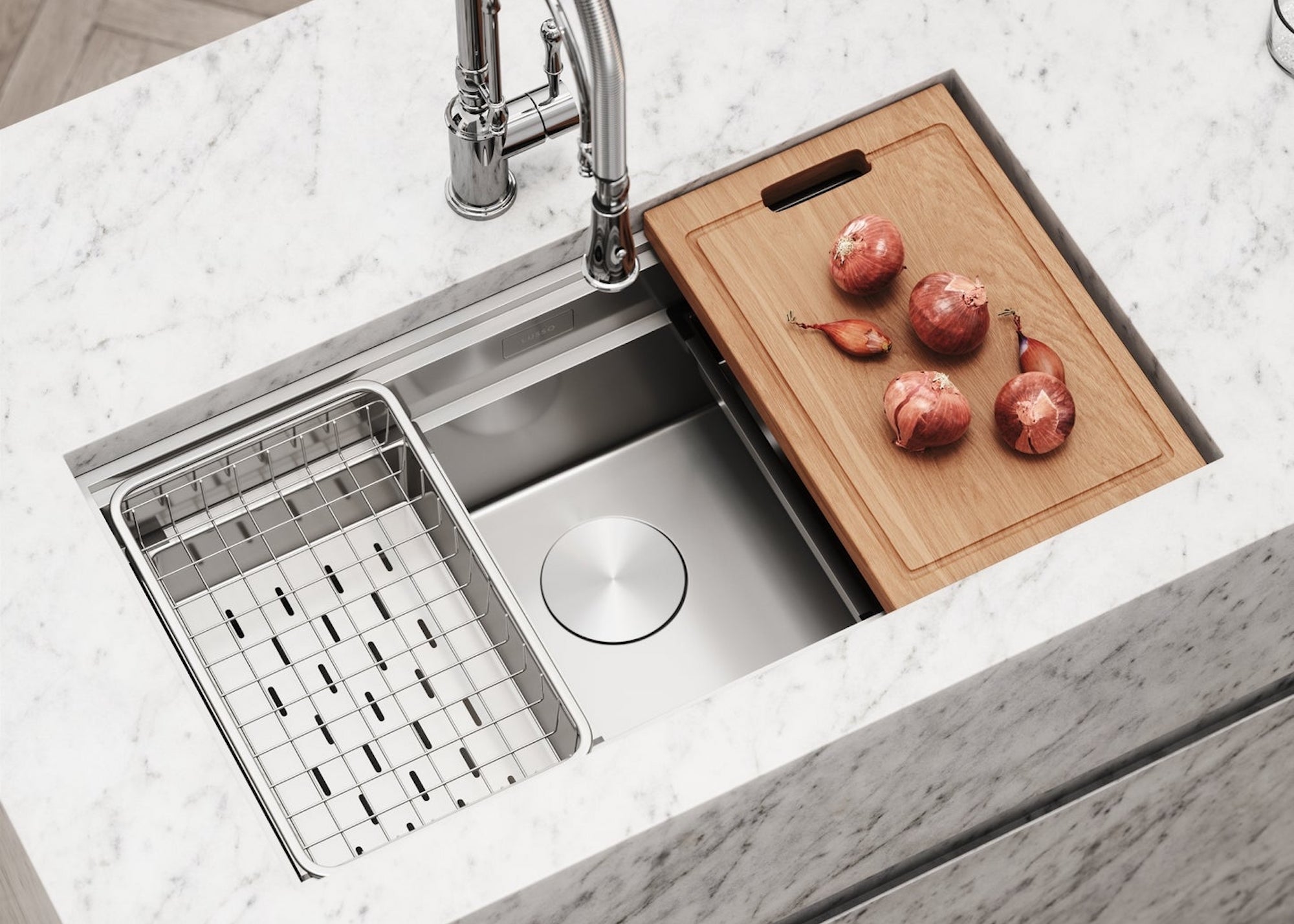
Add a chopping board and colander, as well as drying racks, to make the most of every inch of your sink.
Another option is to source a sink with a drainer built in, neatly sidestepping the need for a bulky rack on the counter. Some simple kitchen tap ideas and sink designs come with a roller mat-style drainer that sits across the bowl when needed and can be rolled up and tucked into a drawer when not in use, keeping the look streamlined.
You can also get multifunctional sinks (sometimes called Workstation Sinks), which have drainers built inside the bowl, with the idea that you wash in one side and dry in the other.
Do be aware that workstation sinks take up more space than a single bowl, so they are not always suited to small kitchens, and they can limit how much you can dry at once compared with a freestanding rack. You’ll also need to be comfortable working within the sink area rather than on a larger surface.
6. Add an Open Plate Rack Above the Sink
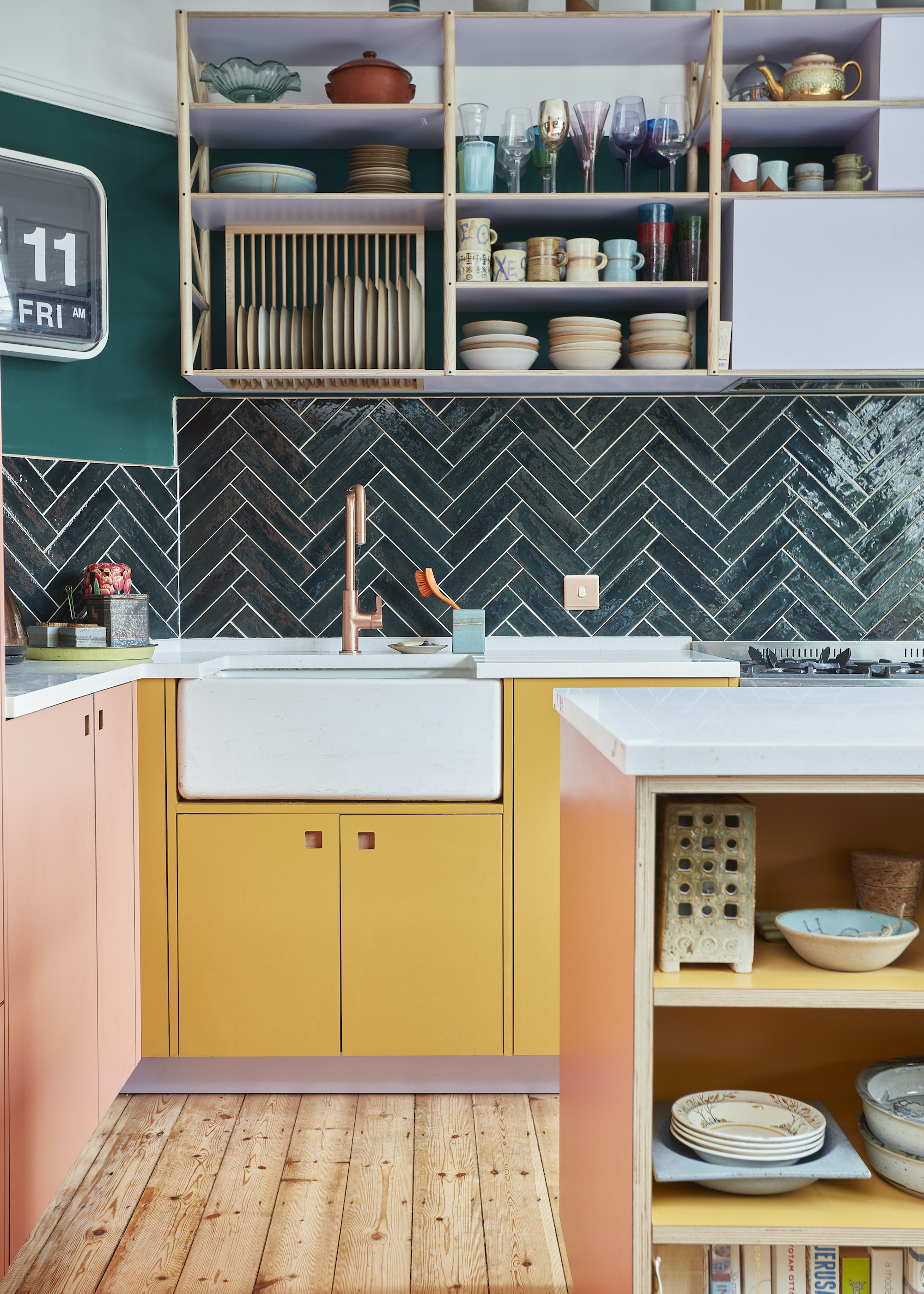
With an open bottom, this simple timber plate rack drains directly into the sink below.
It won’t solve your saucepan problems, but an open plate rack is a clever way to clear counters while making use of vertical space. Positioned above the sink, it doubles as both drying spot and storage, cutting out a whole step in the wash-up routine.
“In a small kitchen, being able to double up functions is space efficient, so here the dish rack is used to both dry and then store plates. Located above the sink it’s the natural spot, taking out one stage of the dish cleaning-drying-putting away regime,” says Leila Touwen, co-founder of Pluck Kitchens.
This kitchen is located above a working pottery, so the home is full of beautiful ceramics, and the dish rack works as a display area too.
Small Kitchen Essentials
FAQs
How to Dry Dishes With Limited Counter Space
The trick is to stop thinking horizontally and start thinking vertically. Above the sink, inside a cabinet, or hidden in an appliance — there’s always an opportunity to reclaim space.
“Plate racks are a particularly brilliant way to add both function and character to a kitchen,” enthuses Emily Newmarch, Design Consultant, Kitchens by Holloways. “They keep dishes within easy reach yet out of the way, while bringing a sense of craftsmanship and heritage. Plate rack designs that feel considered and architectural rather than purely practical are always a win. It’s a simple detail that can soften heavy runs of cabinetry and add visual rhythm to the space.”
If you can spare the wall storage space for a plate rack or shelving rack, you may need to put your tea towels to work. Drying and packing away as soon as you’ve washed up. A little effort goes a long way in a small space.
In small kitchens, especially, it’s less about where to park wet plates, more about how to make daily routines seamless. Integrated solutions don’t just free up counters; they lower visual noise and make your kitchen feel calmer.

Linda is a freelance journalist who has specialized in homes and interiors for more than two decades, and now writes full-time for titles like Homes & Gardens, Livingetc, Ideal Home, and Homebuilding & Renovating. She lives in Devon with her cabinetmaker husband, two daughters, and far too many pets, and is currently honing her DIY and decorating skills on their fourth (and hopefully final) major home renovation.
